Plants That Actually Make Your Home Feel Better (And How to Keep Them Alive)
I’ve spent most of my life with my hands in the dirt, first learning the ropes in a big commercial nursery and now helping everyday people bring a little bit of green into their homes. And let me tell you, it’s about so much more than just decoration. It’s about creating a space that just feels good to be in.
In this article
- First, A Quick Word on Food (For Your Plants)
- The Peace Lily: The Drama-Free Air Purifier
- Jasmine: The Sweet-Smelling Sleep Aid
- Lavender: A Piece of the Mediterranean Sun
- Orchids: Easier Than You Think
- Kitchen Herbs: Fresh Flavor and Focus
- Don’t Know Where to Start? Here’s a Quick Win
- Inspirational Gallery
People are always asking me for plants that bring “good vibes” or “happiness.” And while I can’t promise a houseplant is going to solve all your problems, I can tell you this: the simple act of caring for a living thing does something profound to us. It forces you to slow down, to pay attention. A healthy, thriving plant is basically a reflection of a healthy, attentive home.
The benefits are totally real, too. We’re talking cleaner air, a sense of calm, and a connection to nature that a lot of us are missing. So, this isn’t about magical thinking. It’s about practical tips to keep these amazing plants thriving, and understanding the real-world perks they bring. Let’s dig in.

First, A Quick Word on Food (For Your Plants)
Oh yeah, one thing people always forget: plants get hungry! Potting soil only has enough nutrients to last for a little while. Think of fertilizer as a monthly vitamin shot for your green friends. During the growing season, which is usually spring and summer, most of the plants we’re about to talk about will be thrilled with a dose of all-purpose liquid fertilizer once a month. Just dilute it to half-strength—it’s always better to under-feed than over-feed. A big bottle costs about $10-$15 and will last you ages.
The Peace Lily: The Drama-Free Air Purifier
If there’s one plant everyone asks for, it’s the Peace Lily. It’s got those gorgeous, dark green leaves and elegant white blooms. It’s known as a symbol of peace, but honestly, its practical benefits are why it’s such a classic.
This thing is an air-purifying champion. Seriously, well-known research has highlighted it as a top performer for filtering out nasty stuff that comes from our furniture, paints, and cleaners. It’s also great at boosting a room’s humidity, which is a huge plus in the winter when the heat is blasting. Better air quality just naturally makes you feel better.
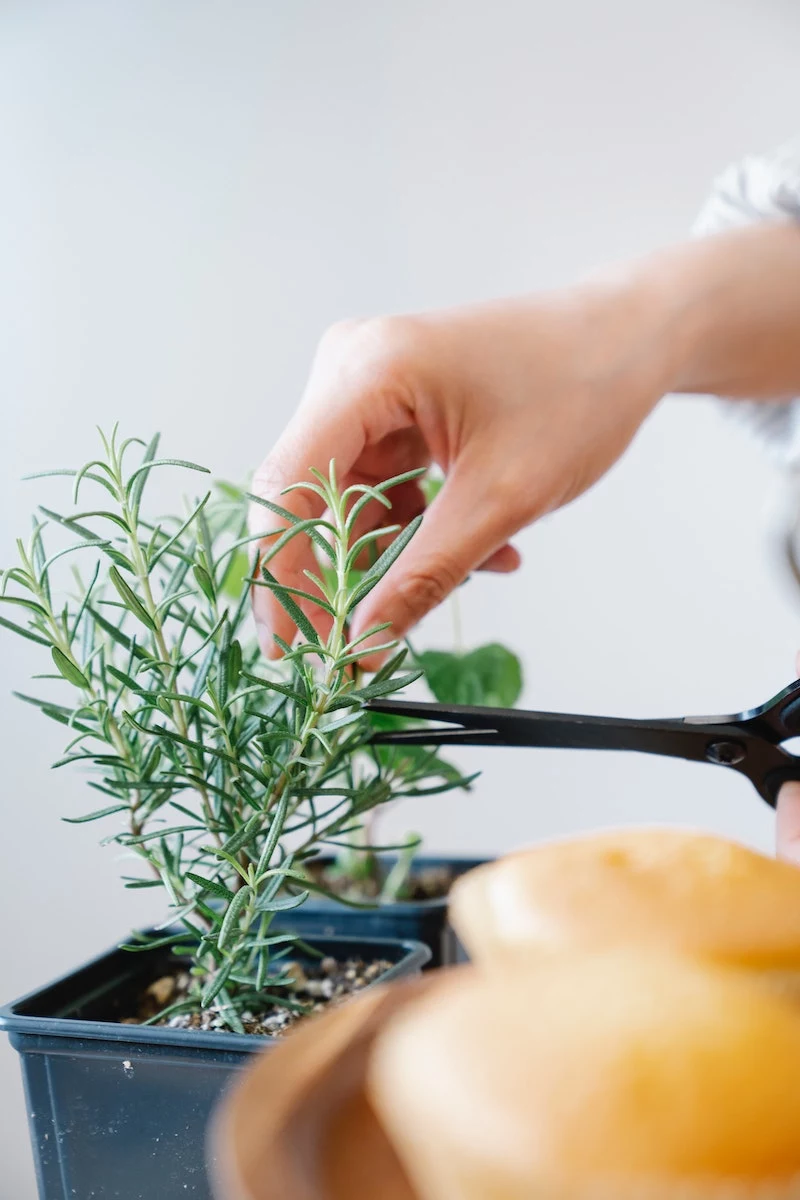
How to Keep it Happy
Heads up for pet owners! This is super important. The Peace Lily is toxic to cats and dogs if they chew on it. It causes some nasty irritation and swelling in their mouths. So if you have furry friends or curious toddlers, make sure to place this plant on a high shelf or in a room they can’t access.
What you’ll need: A Peace Lily itself will run you between $15 and $30 at most garden centers or even a place like Home Depot. Grab a nice pot with a drainage hole for another $15-$25, and a small bag of all-purpose potting soil is about $10.
- Light: They love bright, indirect light. Think near an east-facing window. They can handle lower light, but you probably won’t get any of those pretty white flowers. Just keep it out of direct, hot sun, which will scorch the leaves.
- Water: This is where they get their dramatic reputation. They will droop big-time when they’re thirsty. It’s a helpful signal, but try not to let it happen all the time, as it stresses the plant. My rule of thumb? Stick your finger an inch into the soil once a week. If it’s dry, it’s time to water. Pour water in until it runs out the bottom, then dump out any excess from the saucer. Never let it sit in a puddle—that’s the fast track to root rot.
- Soil: A good quality, all-purpose potting mix that drains well is perfect. To give it a little boost, you can mix in some peat moss or coco coir to hold moisture and a bit of perlite (those little white rocks that help air get to the roots) to keep things from getting waterlogged.
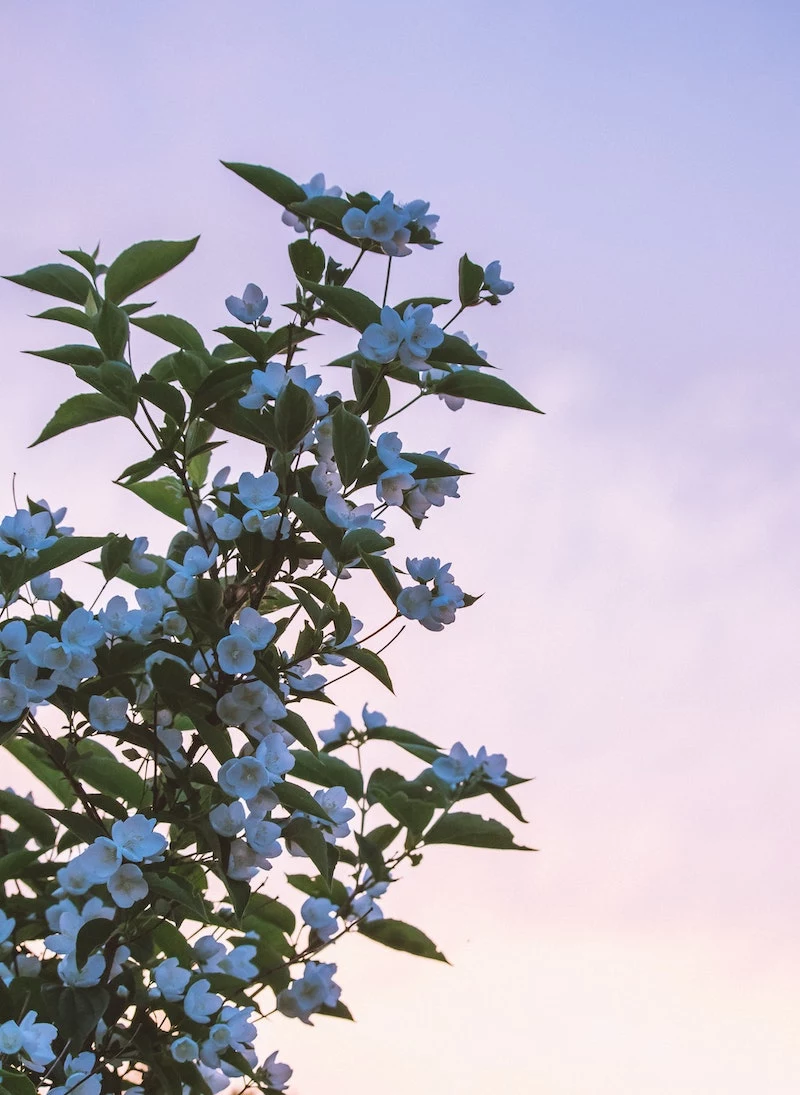
Troubleshooting Brown Tips?
A super common complaint is crispy, brown leaf tips. This is usually due to either low humidity or minerals in your tap water. Grouping plants together helps create a little humid micro-climate. But here’s a pro tip: Try This Now: For the next month, only water your Peace Lily with filtered water, or just let your tap water sit out on the counter for 24 hours before using it. This lets some of the chlorine evaporate. See if the new leaves that grow in look healthier.
Jasmine: The Sweet-Smelling Sleep Aid
When someone wants a plant that’s more of a full sensory experience, I often point them toward a vining Jasmine. Its reputation is all about love and romance, probably because its incredibly sweet smell is strongest at night.
And that scent isn’t just pleasant; it’s powerful. The fragrance has been studied for its calming effects on the nervous system. It can genuinely help reduce anxiety and encourage restfulness. Popping one in your bedroom could actually lead to better sleep. And let’s be real, a well-rested person is a happier person.

How to Keep it Happy
Pet-friendly? Generally, yes! Most common varieties of true Jasmine are considered non-toxic to cats and dogs, which is a huge plus. Just double-check the specific type you’re buying.
What you’ll need: Jasmine plants can be a bit more seasonal. Expect to pay $20-$40 for a decent-sized one. You’ll also want a small trellis for it to climb, which can be just a few dollars.
- Light: This is a sun-lover, no question. For tons of flowers, it needs at least four to six hours of direct sun every day. A south-facing window is its happy place. Not enough light means you’ll get lots of green vines but no fragrant blooms.
- Water: Keep the soil consistently moist (but not soggy!) when it’s actively growing in spring and summer. Once autumn and winter hit, you can let it dry out a little more between waterings.
- Pruning: This vine can get a little wild. To keep it from becoming a tangled mess, give it a good haircut after it’s done flowering. Just trim the stems back by about a third to encourage it to get bushier for the next season.
I once had a client who was so frustrated with her Jasmine. It looked healthy, but it just wouldn’t bloom. Turns out, she had it in a bright room but several feet away from the window. We just moved it right up into the sunlight, and after a cool resting period in the fall, she sent me a picture. The thing was absolutely covered in flowers. Sometimes the fix is that simple!

Lavender: A Piece of the Mediterranean Sun
Everyone knows lavender for its calming scent in soaps and oils, but growing the plant itself is a whole other level of bliss. Brushing past it on a sunny windowsill releases that incredible aroma. But a heads up: this plant is a bit of a diva and demands conditions that mimic its sunny, rocky home.
How to Keep it Happy
Pet-friendly? Yep, Lavender is safe for cats and dogs. They might not like the strong smell, but it won’t harm them if they nibble a bit.
What you’ll need: A small Lavender plant is usually around $10-$20. The most important purchase is a terracotta pot ($10-$15). The porous clay helps the soil dry out fast, which is critical for this plant.
- Light & Air: This is non-negotiable. Lavender needs at least six to eight hours of direct, blazing sun. It also needs amazing air circulation to keep fungus away. This is NOT a plant for a dark corner or a steamy bathroom. It will die. Quickly.
- Water: This is where most people mess up. Lavender HATES having wet roots. Let the soil dry out completely between waterings. I learned this the hard way when I was starting out and drowned an entire tray of lavender starts by being too generous with the watering can.
- Soil: Standard potting mix is too rich. You need something gritty and well-draining. I mix one part potting soil with one part sand or fine gravel to make it feel more at home.
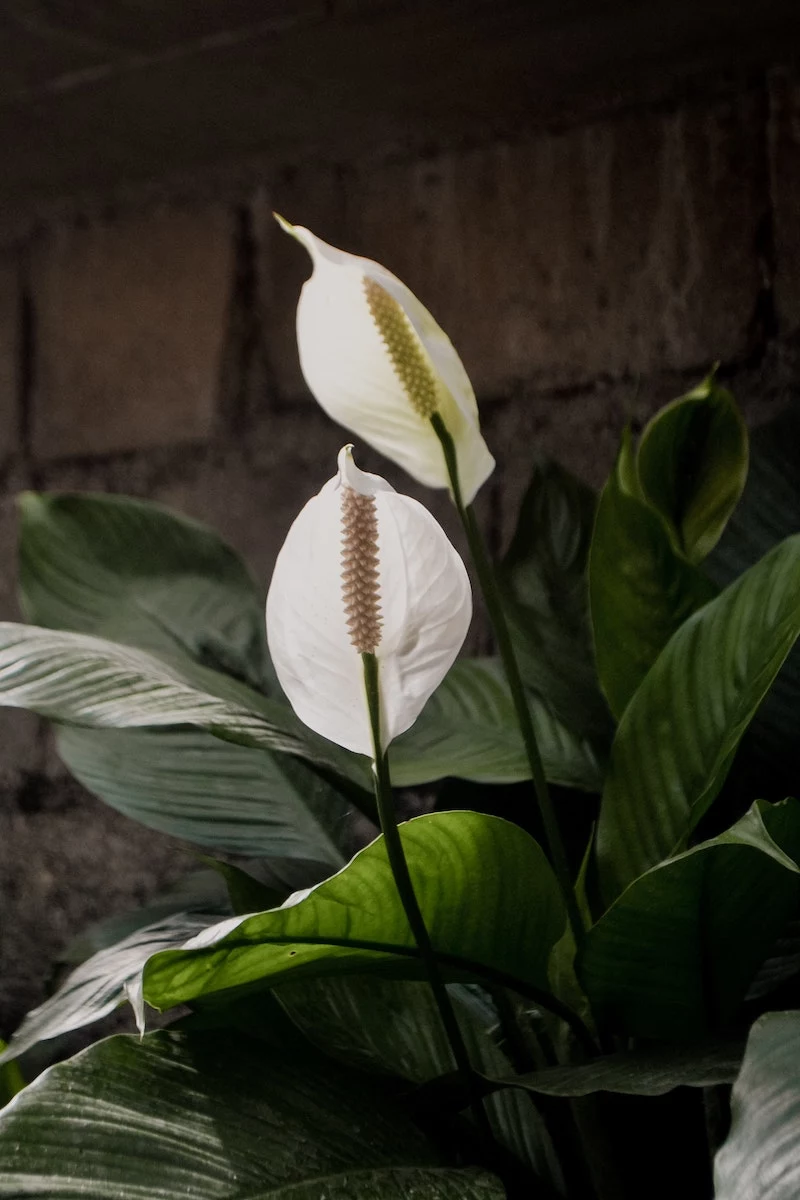
Orchids: Easier Than You Think
Orchids have a reputation for being fussy, but honestly, they’re just misunderstood. The common Moth Orchid you see everywhere is actually a fantastic and rewarding houseplant. Their blooms can last for months, a real testament to steady, patient care.
The key is understanding they don’t grow in dirt in the wild; they grow on trees. Their thick, silvery roots are made to grab onto bark and soak up moisture from the air. Sticking them in regular soil will suffocate and rot them in weeks.
How to Keep it Happy
Pet-friendly? Good news! The popular Phalaenopsis (Moth) Orchid is non-toxic to cats and dogs.
What you’ll need: A blooming orchid is a great value, often $20-$50. It should be sold in a clear plastic pot with a special orchid mix (bark chips, not soil). A bag of that special mix for repotting later is about $10.
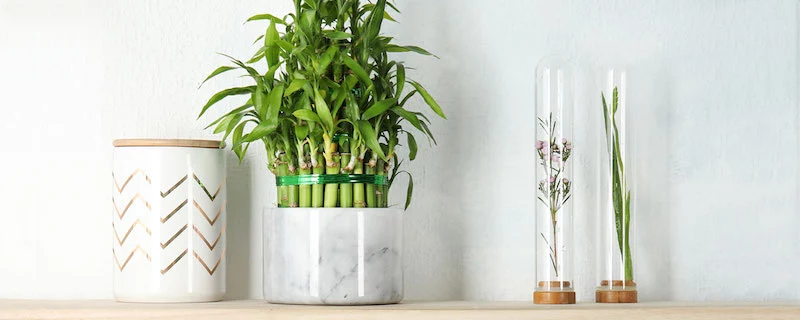
- Light: Bright, indirect light is the sweet spot. An east-facing window is perfect. If the leaves get super dark green, it needs more light to bloom again. If they look yellowish or reddish, it’s getting sunburned.
- Water: Ditch the schedule. Water it when it’s thirsty. Look at the roots through the clear pot—if they’re silvery-white, it’s time. If they’re plump and green, it’s fine. When it’s time, take it to the sink and run lukewarm water through the bark for a minute, then let it drain completely. This might be once every 10-14 days. Overwatering is the #1 killer of orchids.
When the flowers finally fall off, don’t toss the plant! It’s just resting. Keep caring for it, and it will send up a new flower spike. It’s a great lesson in patience.
Kitchen Herbs: Fresh Flavor and Focus
Bringing herbs like Rosemary, Basil, and Sage inside is a total win-win. You get fresh flavors for cooking and some amazing aromatic benefits. They all love sun, so they make a great team on a bright windowsill.
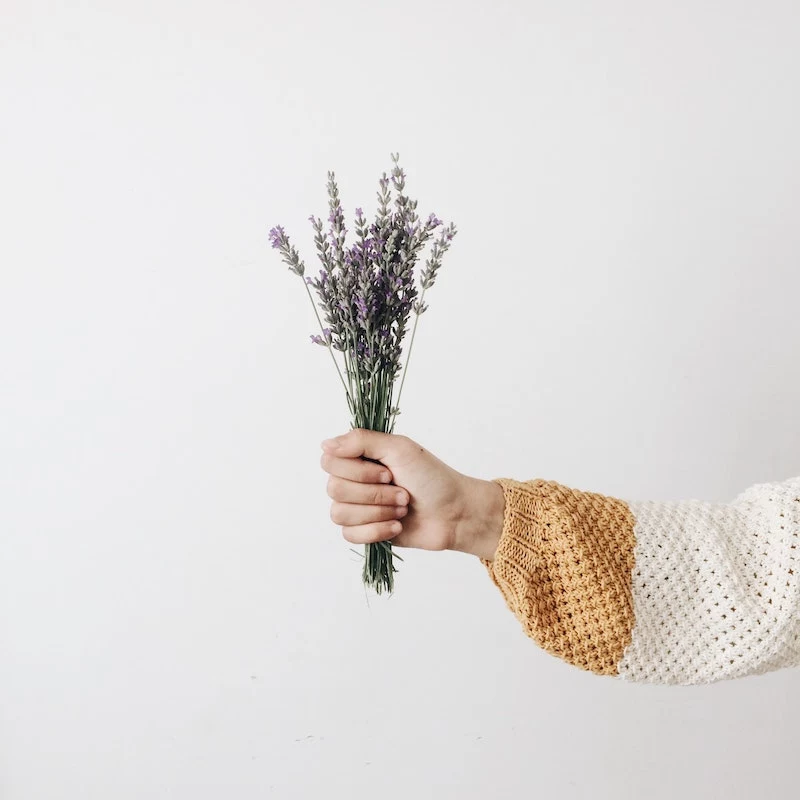
Rosemary’s scent is linked to better memory. Basil’s sweet smell is uplifting. And Sage has that grounding, herbaceous aroma that’s famous in cleansing rituals. The act of caring for these useful plants is a ritual in itself.
How to Keep Them Happy
Pet Safety Check: Rosemary, Basil, and Sage are all non-toxic and safe to have around pets.
- Light: Sun, sun, and more sun. They all need at least six hours of direct light to thrive and produce those flavorful oils.
- Water: Let them dry out a bit between waterings. Basil is the thirstiest and will wilt dramatically to tell you it’s time. Rosemary and Sage are more prone to rot, so be careful not to overwater.
- Harvesting is Key: To get bushy plants, you have to prune them! Don’t just pick off single leaves. Snip the top third of a stem, right above a set of new leaves. This encourages them to branch out. And here’s a lesser-known trick: Love your basil? Don’t buy another plant! Just snip a 4-inch stem, pull off the lower leaves, and stick it in a glass of water on the windowsill. It’ll grow roots in about a week. Boom, free plant!
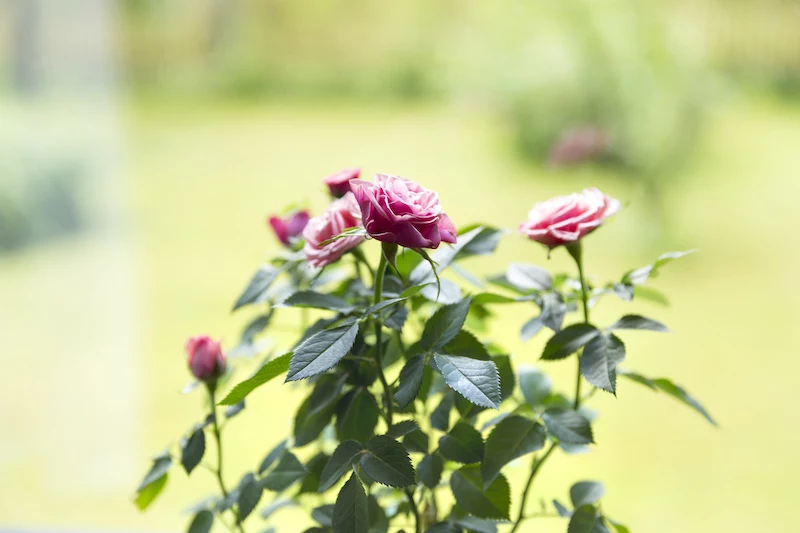
Don’t Know Where to Start? Here’s a Quick Win
Feeling a little overwhelmed? I get it. If you want to dip your toe in the water, just go buy one pot of Basil this week. They usually cost less than $5 at the grocery store. Put it in your sunniest window and just focus on keeping it alive. It’s a low-risk, high-reward way to start your indoor garden journey.
At the end of the day, a plant won’t magically change your life. But creating a home where a plant can thrive? That just might. It connects you to a living rhythm. That care radiates outward, and a home filled with healthy, happy plants just feels more alive. And that’s a pretty amazing foundation for happiness.
(Just a final note: The info here is based on years of hands-on experience, but every home is different. Always watch your plants and adjust as you go. And of course, while plants are amazing for your well-being, they’re not a substitute for professional medical or mental health advice.)
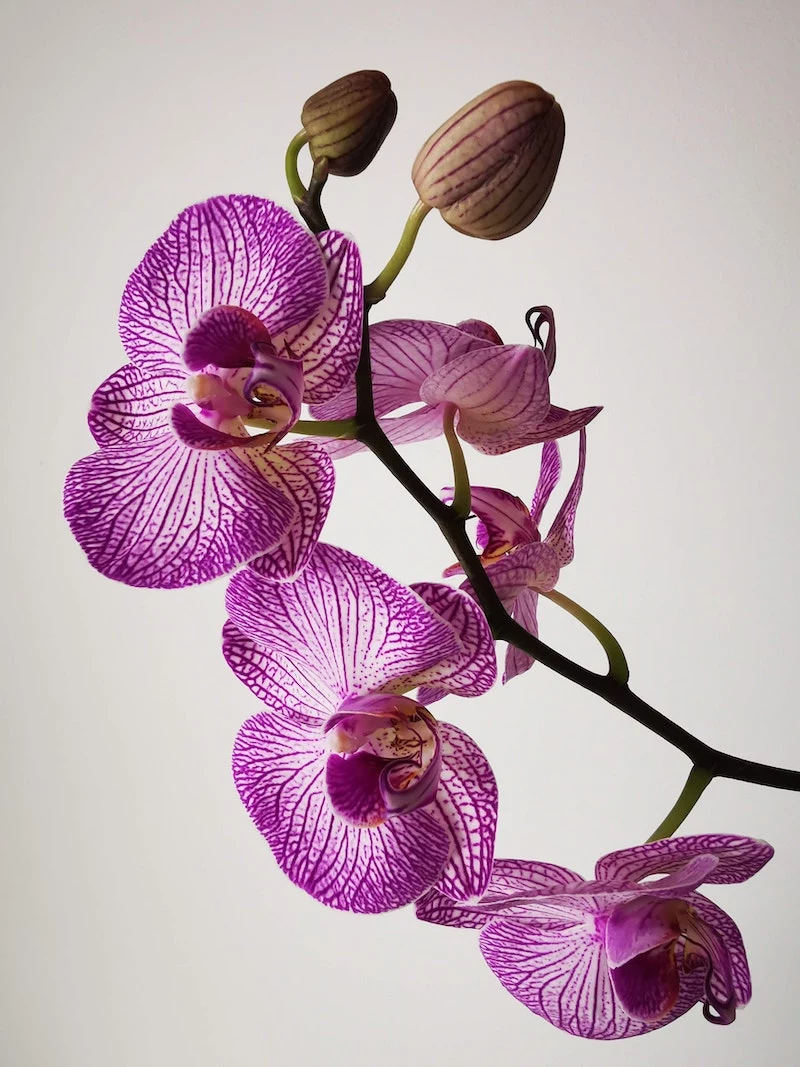
Inspirational Gallery
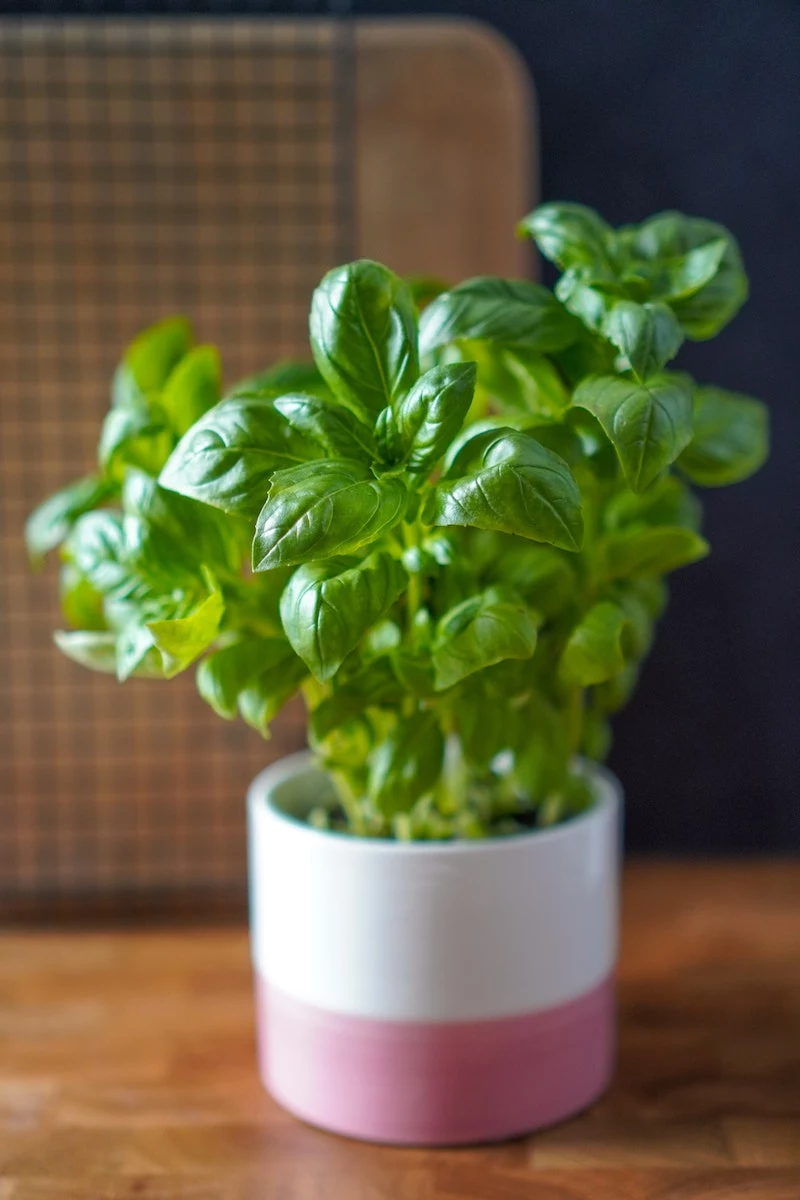
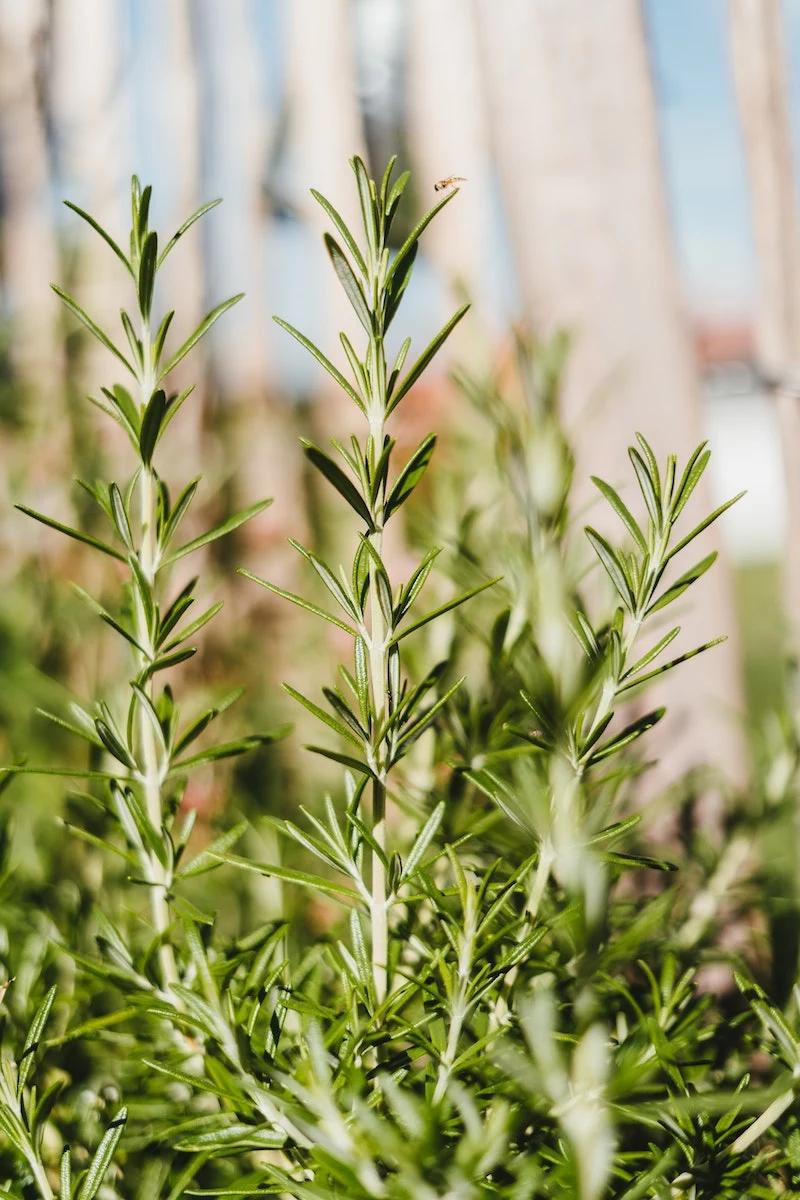
Am I loving my plants to death? It feels like they die whether I water them a lot or a little.
It’s the most common plant-parent problem! The secret isn’t a schedule, it’s checking the soil. Stick your finger about an inch deep. If it comes out dry, it’s time to water. If it’s moist, wait a few more days. Overwatering is the #1 killer because it drowns the roots, leading to yellow, droopy leaves—which confusingly looks like the plant is thirsty! For a nearly foolproof solution, consider a self-watering pot from a brand like Lechuza; their built-in reservoir system lets the plant drink exactly what it needs.
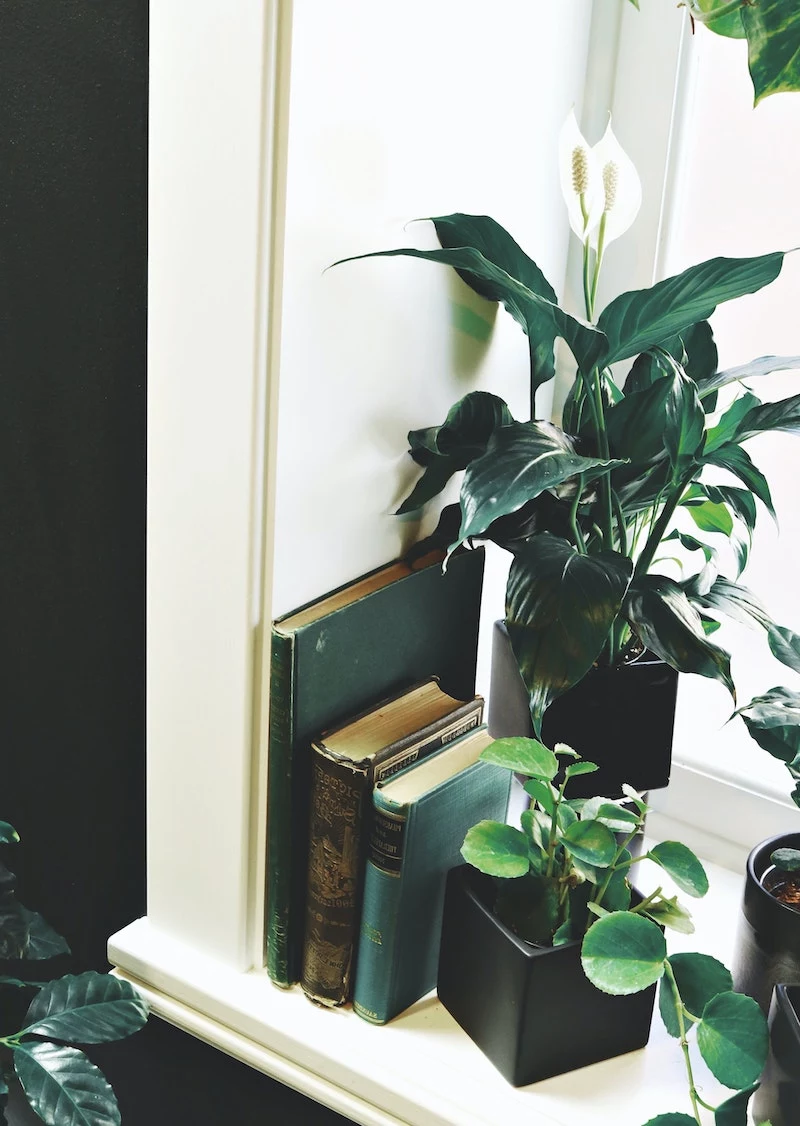
A Japanese study found that simply having a plant on your desk and looking at it for a few minutes can significantly reduce anxiety levels.
Harness this by creating a dedicated aromatic corner. Go beyond just looking and engage your sense of smell. Group plants like Rosemary (seen in the gallery), Mint, and Lemon Balm on a sunny kitchen windowsill. Every time you walk by, brush your hands over the leaves to release their fresh, invigorating scents. It’s a multi-sensory reset button, and you get fresh herbs for your cooking as a bonus.
Choosing the right pot is about more than just looks; it’s about your plant’s lifestyle.
- Prevents root rot by allowing soil to breathe.
- Develops a beautiful, rustic patina over time.
The secret? Classic, unglazed terracotta. It’s the perfect choice for succulents, snake plants, and anyone prone to overwatering. For plants that love consistent moisture, like ferns or the Peace Lily, a glazed ceramic or recycled plastic pot is a better bet.










